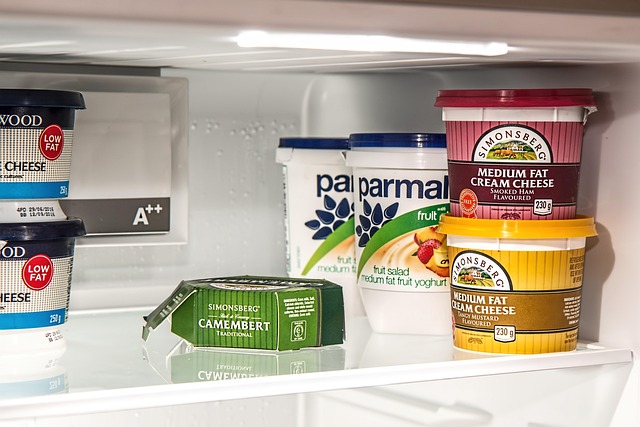Interpreting nutritional information for everyday meals
Understanding the basics of nutritional labels helps you make informed choices at the grocery store and when planning meals. This brief teaser outlines how to read ingredient lists, spot common allergens, and consider freshness, origins, and sustainability when selecting everyday foods.

Interpreting nutritional information for everyday meals requires more than scanning calorie counts. Effective reading of labels and packaging helps you evaluate ingredient lists, allergens, preservatives, and the broader context of food safety and sustainability. Knowing what each section of a label indicates—from macronutrients to country of origin—lets you compare options and choose meals that align with dietary needs, preferences, and concerns about freshness and supply chain transparency.
This article is for informational purposes only and should not be considered medical advice. Please consult a qualified healthcare professional for personalized guidance and treatment.
What does nutrition information tell you?
Nutrition panels summarize key elements like serving size, calories, macronutrients (fat, protein, carbohydrates), fiber, and selected micronutrients. Serving size is central: many packaged items list nutrition per serving, not per package, which can mislead comparisons. Look for percent daily values to see how a portion contributes to recommended intake. For everyday meals, focus on balance—appropriate calories for your portion, sufficient protein, and fiber—while treating added sugars, saturated fats, and sodium as nutrients to moderate. Transparency on labels helps you translate numbers into healthy meal choices.
How do ingredients and allergens appear?
Ingredient lists are ordered by weight, so the first ingredients dominate the product. This is useful when you want a food where whole grains or vegetables appear near the start rather than sugars or refined starches. Allergen declarations are usually separate or highlighted; common allergens include peanuts, tree nuts, milk, eggs, soy, wheat, fish, and shellfish. For people with sensitivities, look for explicit allergen statements and notes about traces from shared equipment. When ingredients use technical names for additives, consult reliable glossaries to understand their function.
What should labeling and packaging reveal?
Labels and packaging provide required information such as net quantity, ingredient list, and nutrition facts, but they can also include voluntary statements about processing, certifications, or handling. Check packaging for storage instructions—refrigerate after opening, keep frozen, or best-by dates—to assess freshness. Certifications like organic, fair trade, or specific sustainability marks add context but vary in standard and scope. Packaging itself affects shelf life; modified-atmosphere packs or vacuum-sealed products often preserve freshness longer, but labeling should explain preservation methods.
How to assess traceability, origins, and supplychain details?
Origins and traceability statements indicate where ingredients were sourced or where final processing occurred. Some labels specify country of origin for primary ingredients, while others give only broad regional information. Traceability helps with safety recalls and transparency about farming practices. If supplychain transparency matters to you, look for producers that provide batch codes, QR codes, or online tracking that detail farms, processors, and distribution. Those details can inform decisions tied to sustainability, labor practices, or dietary restrictions.
How to judge freshness, shelflife, and preservation?
Freshness and shelflife are signaled by dates (use-by, best-by) and storage instructions on packaging. Preservation methods—such as pasteurization, freezing, drying, or adding preservatives—affect texture, nutrient retention, and safety. For everyday meal planning, prioritize minimally processed items when freshness and taste matter, and use preserved foods for convenience or longer storage. Note that some preservatives are used to ensure safety and compliance with regulations; understanding the role of common additives can clarify whether a preservative affects health or simply extends usability.
What about additives, regulations, and compliance?
Additives serve functions such as flavoring, coloring, or preservation and are typically listed on labels by name or E-number where regulations require. Regulatory frameworks govern what must appear on a label—nutrient declarations, allergen alerts, and health or nutrition claims—and vary by country or region. Compliance and transparency are important: reputable producers follow labeling rules and provide clear, verifiable information. When evaluating a product, consider both the label’s claims and whether the manufacturer offers traceability or third-party verification to support safety and sustainability assertions.
Conclusion Reading nutritional information for everyday meals combines close attention to numbers with a broader look at ingredients, origins, and packaging. Labels give you facts about calories and nutrients, while ingredient lists, allergen statements, and traceability notes provide context for safety and dietary needs. Considering freshness, preservation methods, and regulatory compliance helps you choose foods that meet practical, ethical, and nutritional priorities without relying on promotional claims.





